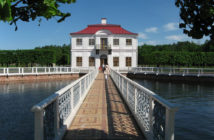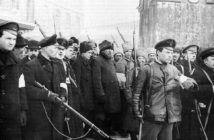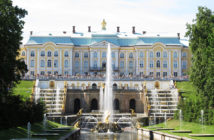The beginning of the Second world war
The Second World War broke out for the USSR on the 22nd of June 1941, when the German troops crossed the border of the country without a notification. Leningrad was an important target in Hitler’s strategic plan. More than 40 German divisions were sent here. Hitler planned to take Leningrad by storm in the first days of the war and to proceed to Moscow from here.
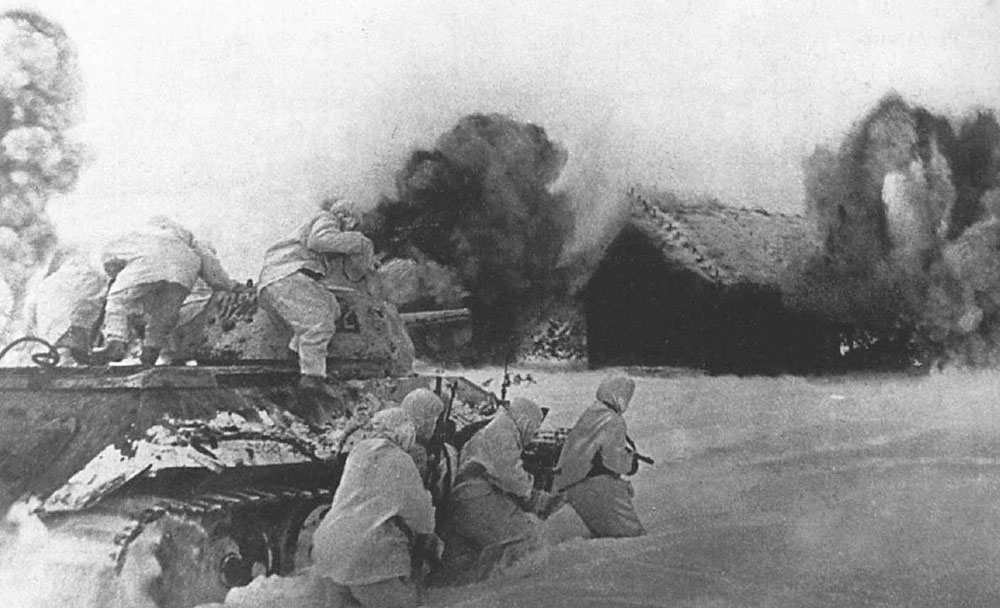
Defence of Leningrad
From the first days of the war residents of Leningrad were doing all they could to defend the city. Half a million people volunteered for the front. The whole families joined Home Guards’ Formations: they ranged in age from 18 to 50. Thousands of people, mostly women and teenagers, participated in the construction of the defense line. They managed to stop the Nazis at the approaches to the city for almost a month.
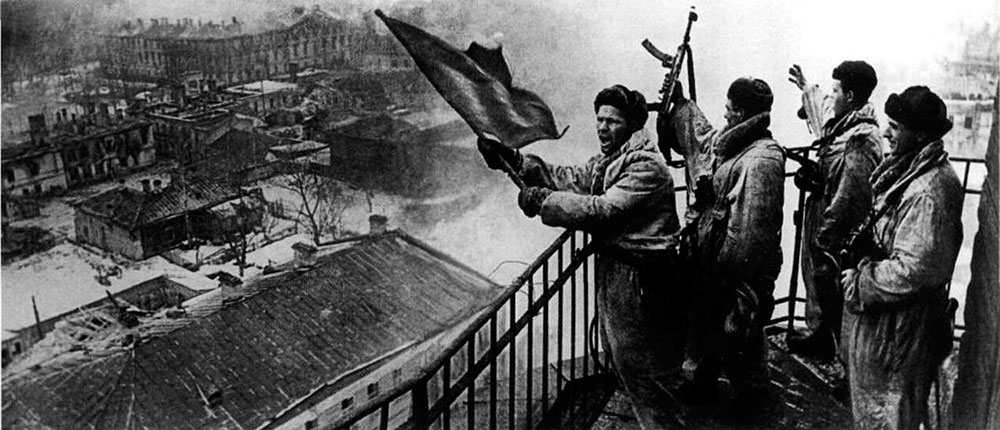
The protection of monuments during the war
Meanwhile, numerous monuments and art treasures of the city were carefully protected: the museum collections were evacuated to the rear of the country, sculptures were taken off their bases and buried in the ground, bigger monuments such as the Bronze Horseman were covered with sandbags and planked up, gilded domes were painted into gray colour, gilded spires were wrapped into tarpaulin. Many buildings were camouflaged. But despite that, 187 out of 210 officially registered monuments were damaged in the city

900 days the siege of Leningrad
So, the Nazis failed to take Leningrad by storm. But in late August they managed to break through the defense line and to approach Leningrad. On the 8th of September 1941 the last railway connecting Leningrad with the rest of the country was cut off. Leningrad was isolated. The unprecedented siege lasted for almost 900 days. On the 29th of September 1941 Hitler signed a secret directive ordering to obliterate Leningrad: should there be an appeal for surrender, it was to be rejected.
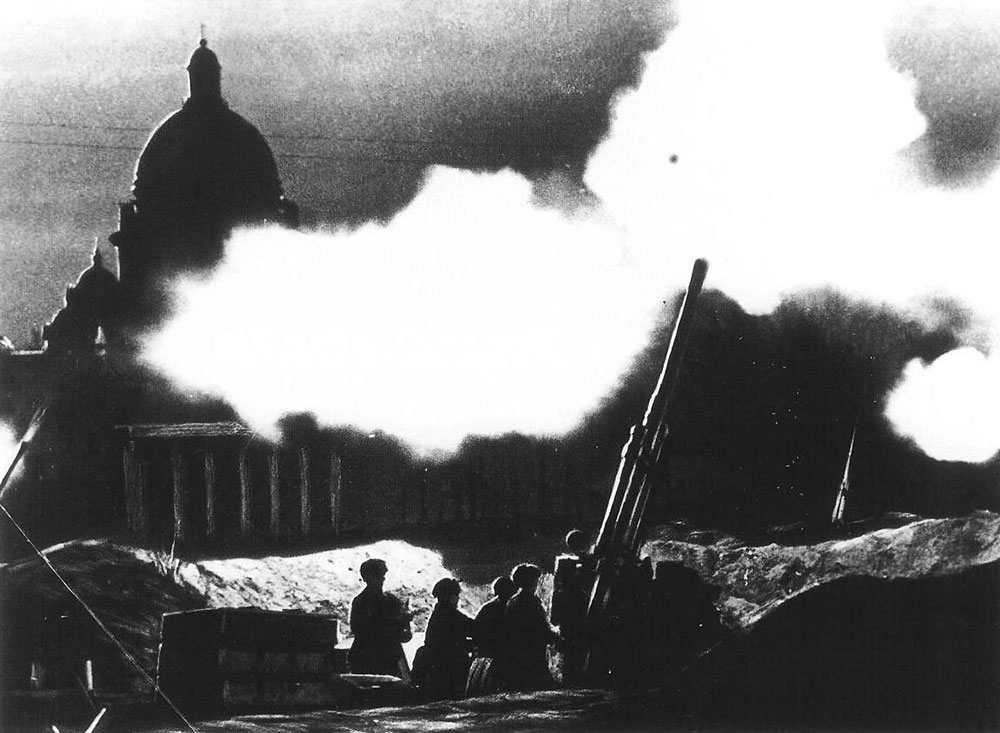
125 grams of bread
As the city was fully isolated from the rest of the country, food rationing had to be introduced. Those rations were cut down several times as no food supplies were coming into the city. In December 1941 bread ration reached its lowest point. Workers got 250 grams of bread a day; the rest got just half of this amount. The substance could hardly be called bread: 40 per cent of it was sawdust, bark and cellulose.
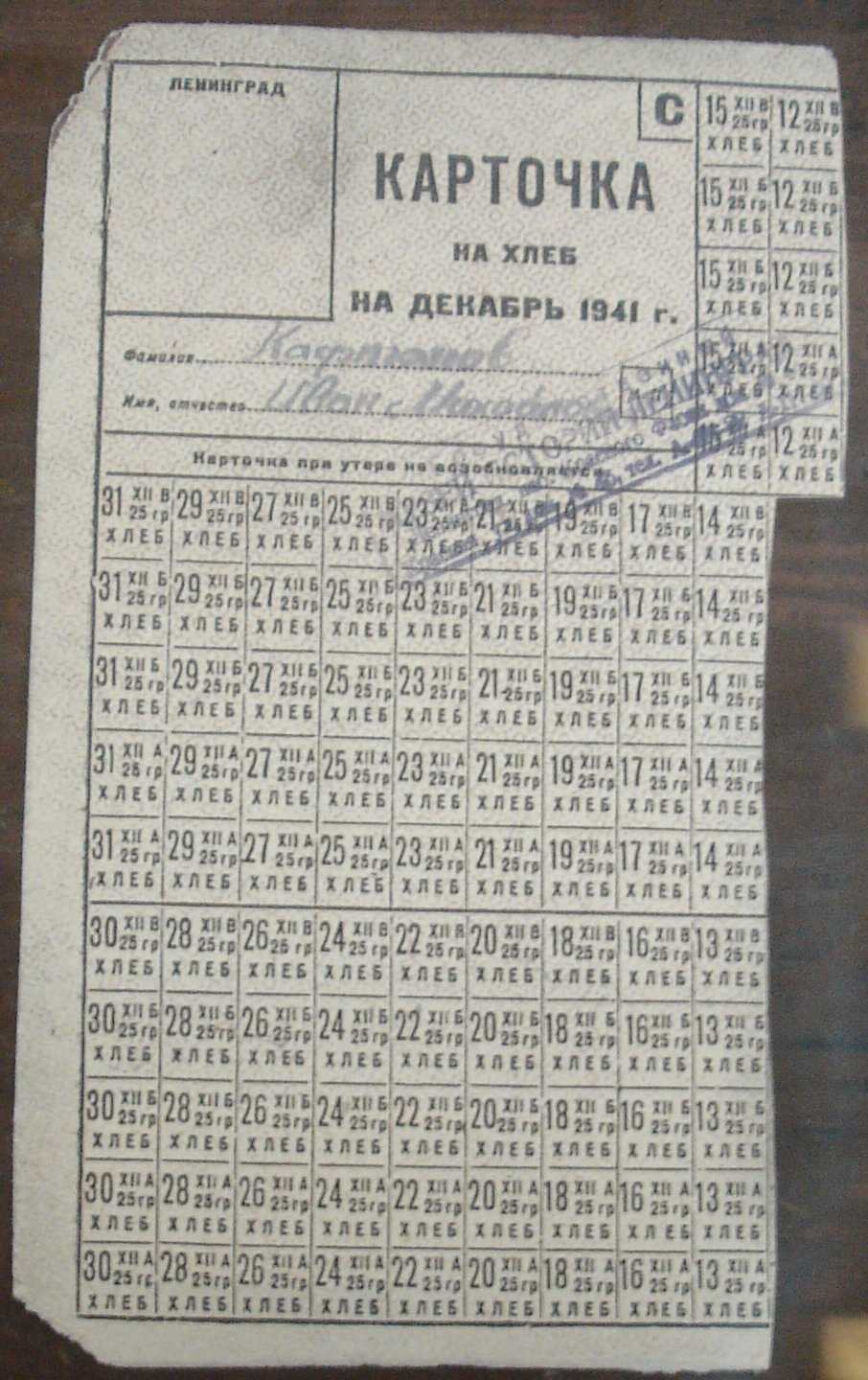
Hungry winter of 1941-1942
The hardships were enhanced by lack of fuel, water supply and electricity. The winter of 1941-1942 was extremely cold (the temperatures went down to -40C). All water mains were frozen. People had to go down to the river to dig ice and snow in order to get water. They brought it home on children’s sledges. Many people were so weak that they fell dead on the way home. Homemade stoves were fed with furniture.
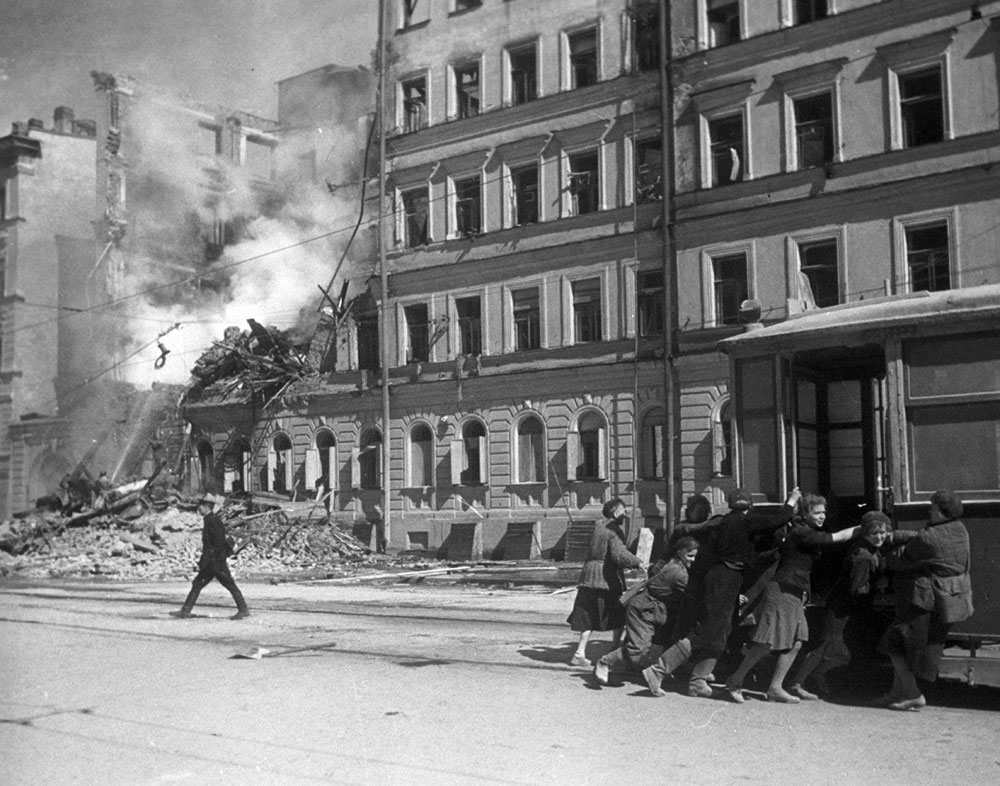
The work of schools and theatres during the siege
But in spite of all the hardships, life went on. 39 schools, 3 theatres, libraries were functioning. Some factories were restructured to produce armour and ammunition and to repair tanks. Mostly women, old people and teenagers did the work. The prominent composer Dmitry Shostakovich, who stayed in Leningrad during the siege, composed his Heroic Symphony, which was first performed in the besieged Leningrad.
“Road of Life”
As soon as Lake Ladoga froze up and the ice was strong enough, a motorway was laid across the frozen lake in its narrow part, which was not occupied by the Nazis. The first lorries were sent by this motorway on the 22nd November, 1941. It functioned for 152 days and was called the “Road of Life”. This was the way food supplies as well as drugs and ammunition were sent to Leningrad, and thousands of people were evacuated to the rear of the country.
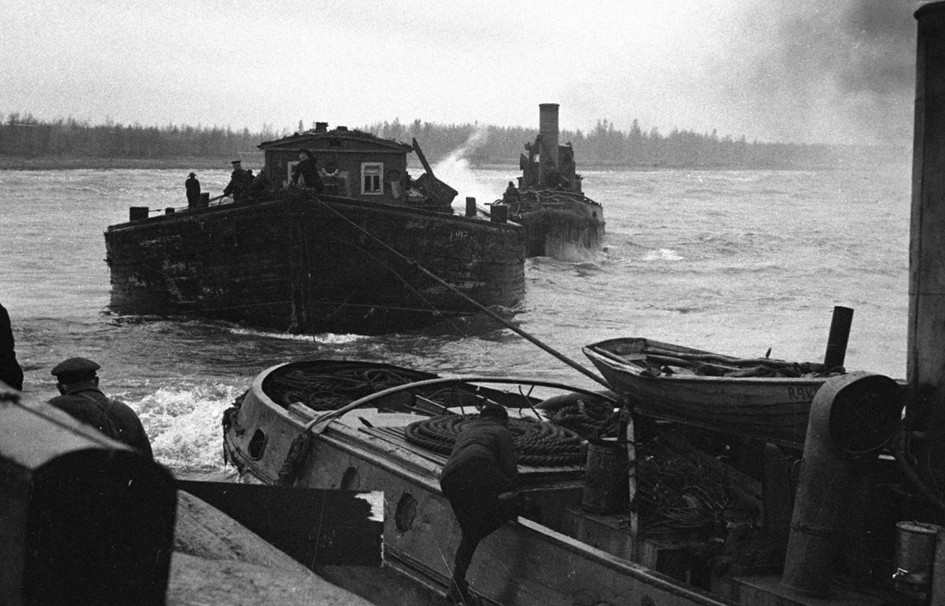
The victim and the devastated city of Leningrad
During the siege the city was constantly bombed and shelled. More than 10,000 bombs and 150,000 shells were dropped on Leningrad. The front line was just about 15 kilometers from the city centre, so the historical part was also affected. About one third of the buildings was destroyed or damaged. All in all, about one million people starved to death and died from bombardments during the siege of Leningrad.
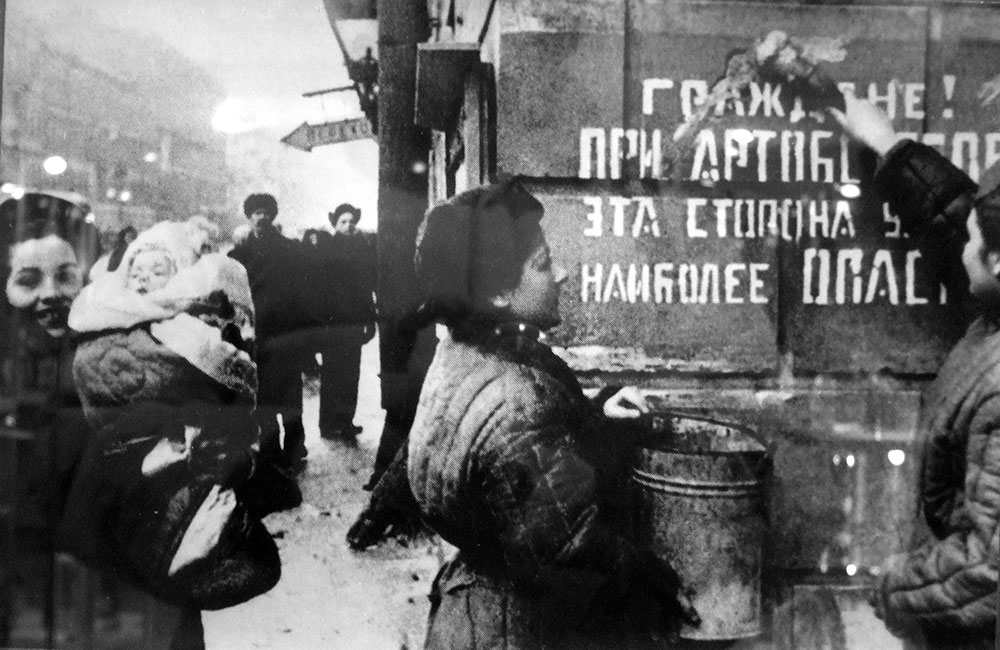
“Hero City”
On the 18th of January 1943 the ring of the blockade was broken, and a railway was laid in 15 days connecting Leningrad with the rest of the country. But it took one more year to remove the siege completely. It happened on the 27th of January 1944. For the courage displayed by its residents Leningrad was titled the “Hero City” and awarded with the highest state order of the time, the Order of Lenin.







